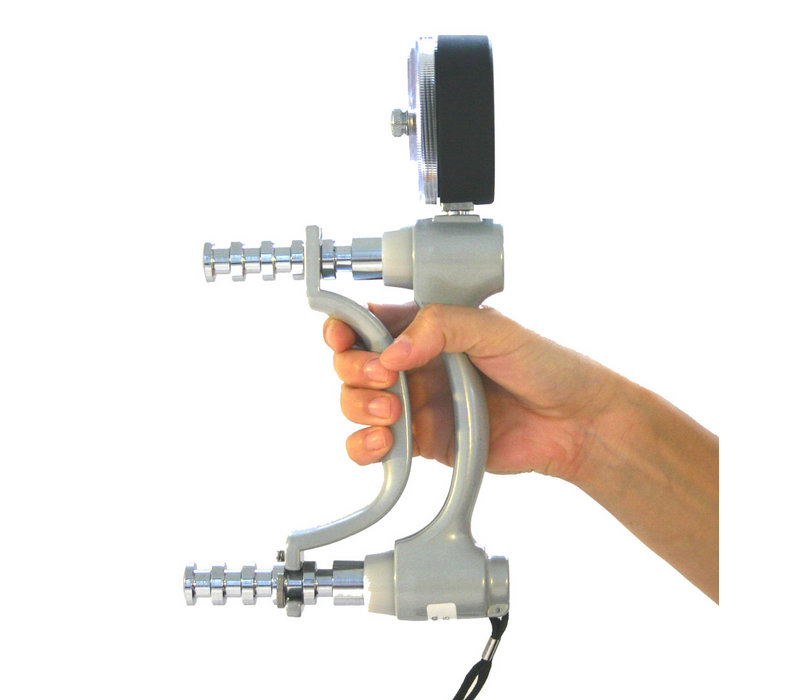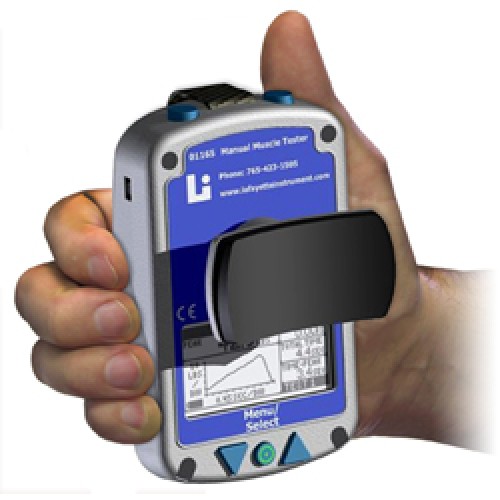The six-minute walk test (6MWT) is an internally (self-paced), walking test well suited to a hospital or community setting. An abundance of resources relate to its use in many clinical settings, most of which are adapted from the European Respiratory Society/American Thoracic Society technical standard [#holland-ae-spruit-ma-troosters-t-et-al.-2014].
Useful resources include:
The test is undertaken using strict guidelines to ensure standardisation. A 30-metre track is recommended where space is available and standardised instructions are given. Heart rate, blood pressure, oxygen saturation, RPE and the presence of any symptoms should be recorded.
Perceived exertion is particularly important for patients taking beta-blockers as the HR response will not accurately reflect exercise intensity. The test should be terminated if the patient's HR exceeds the pre-determined limit or if concerning symptoms develop.
A second test is commonly recommended to account for a learning effect. This is particularly important for patients whose baseline 6MWT distance is >300m. For patients with more severe classes of heart disease, 6MWT results correlate well with VO2 peak, and only one 6MWT is usually required. For information about prescribing walking programs based upon 6MWT results, see Walking prescription 6MWT as an outcome measure.
Change in 6MWT distance can be measured in several ways. The most common include:
- Absolute change (post-program distance - pre-program distance)
The minimum important distance (MID) is 25m in patients with coronary artery disease (CAD) and 36m for patients with chronic HF.
- Percentage change
This may be a more relevant measure for frail patients whose baseline distance is very short (e.g., <100m), and can be calculated as follows:
% change = (post-program distance ‒ pre-program distance) ÷ pre-program distance x 100
Reference equations which adjust for variables such as height, weight, age and gender, are used by some clinicians to predict clinical progress. An example of these is listed below.
Males : 6MWD = 867 – (5.71 x age, yrs) + (1.03 x ht, cm)
Females : 6MWD = 525 – (2.86 x age, yrs) + (2.71 x ht, cm) – (6.22 x BMI)
 Pathophysiology
Pathophysiology
 Treatment & Management
Treatment & Management
 Exercise
Exercise
 Medications
Medications
 Psychosocial Issues
Psychosocial Issues
 Patient Education
Patient Education
 Behaviour Change
Behaviour Change
 Clinical Indicators
Clinical Indicators
 Pathophysiology
Pathophysiology
 Treatment & Management
Treatment & Management
 Exercise
Exercise
 Medications
Medications
 Psychosocial Issues
Psychosocial Issues
 Patient Education
Patient Education
 Behaviour Change
Behaviour Change
 Clinical Indicators
Clinical Indicators
 Pathophysiology
Pathophysiology
 Treatment & Management
Treatment & Management
 Exercise
Exercise
 Medications
Medications
 Psychosocial Issues
Psychosocial Issues
 Patient Education
Patient Education
 Behaviour Change
Behaviour Change
 Clinical Indicators
Clinical Indicators



